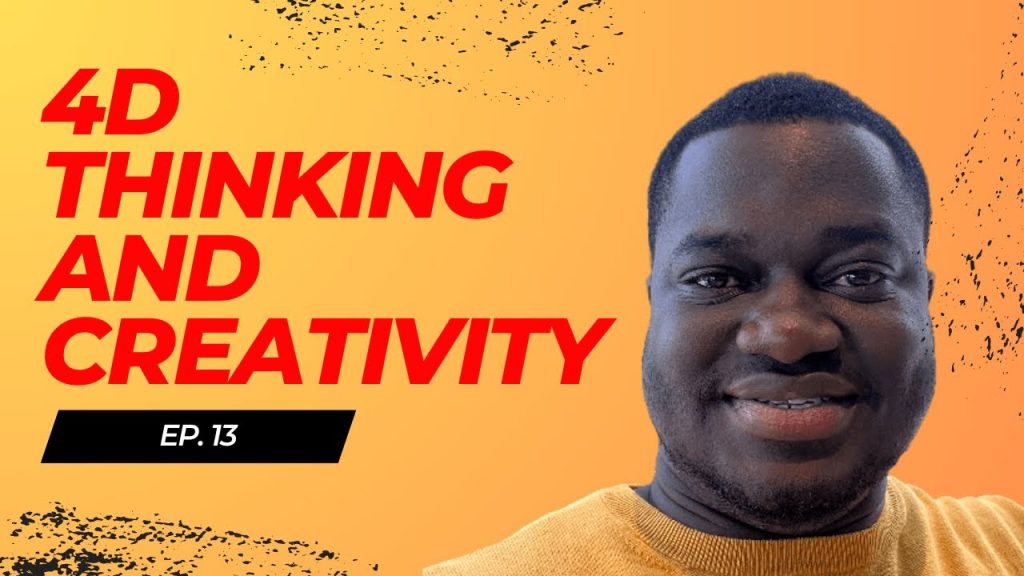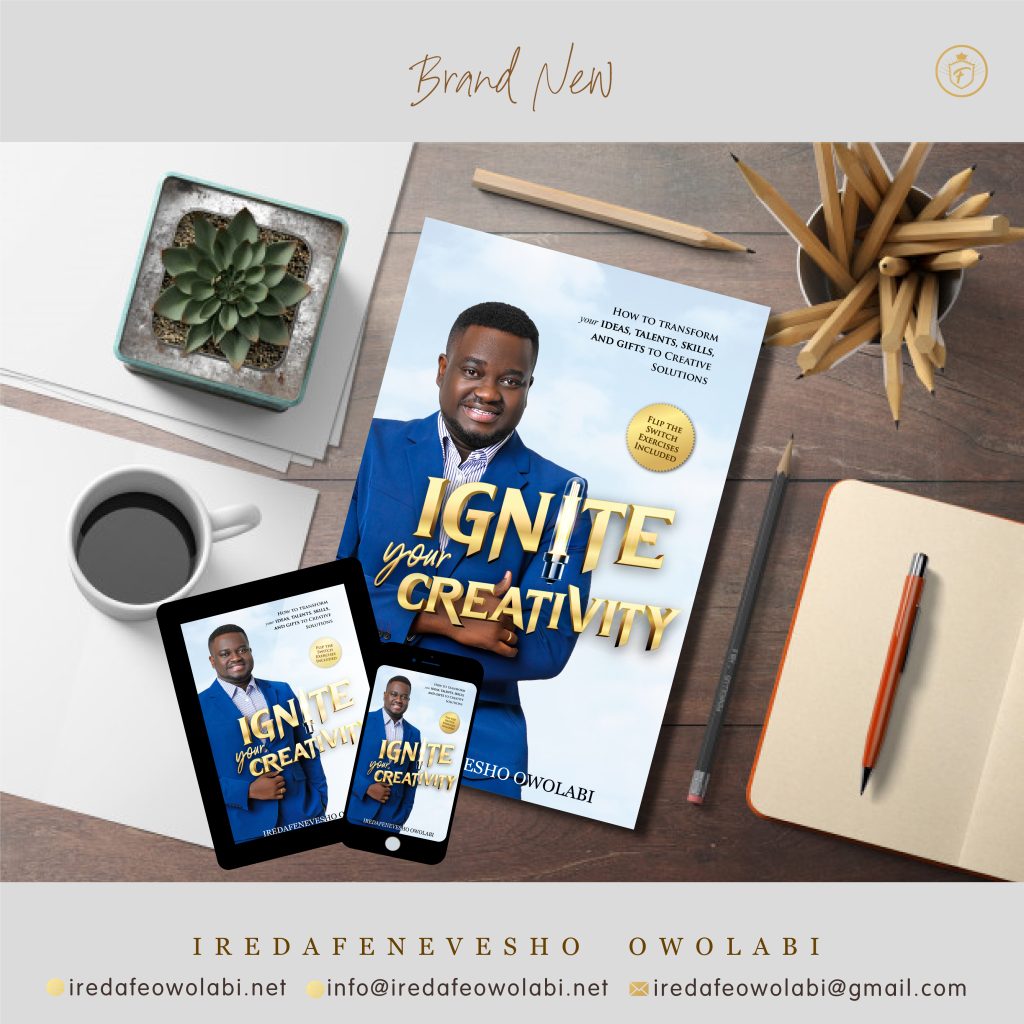Creative Ways To Solve Work-Life Balance Problems
In today’s fast-paced world, finding a balance between work and personal life is more crucial than ever. The stress of maintaining a productive work life while enjoying a fulfilling personal life can be overwhelming. However, there are creative ways to manage this balance, ensuring you don’t sacrifice one for the other.

Here are some profound insights on tackling work-life balance challenges:
Click to jump ahead
ToggleEmbrace Emotional Intelligence
Emotional intelligence (EQ) plays a vital role in achieving a balanced life. Unlike IQ, which measures cognitive abilities, EQ includes skills like empathy, inclusiveness, and openness to experience. Developing your EQ helps in understanding both your emotions and those of others, leading to better personal and professional relationships.
According to Dr. Rhonda Parker-Taylor, here’s why EQ is a gamechanger:
1. Self-awareness:
Recognize your emotions and their impact on your behavior and decisions.
2. Self-regulation:
Manage your emotions, preventing impulsive reactions.
3. Social Skills:
Enhance your ability to communicate, collaborate, and resolve conflicts.
4. Empathy:
Understand and share the feelings of others, fostering deeper connections.
Additional Resources
- The Simple Reasons Why People Are Not Creative [Yet]
- 4 Levels Of Wealth Creation – Inspired By Myron Golden
- 5 Steps To Overcome Creative Blocks
- 2 Mistakes To Avoid When Solving Problems at Work
- Where Do Creative Ideas Come From? [10 Channels Everyone Can Tap Into]
Align Your Activities with Your Core Values
Fictional narratives can sometimes mirror real life in profound ways. In “Crossroads,” for example, the protagonist Paris Pennington’s journey highlights the importance of evaluating and aligning your life activities with your core values.
This process involves:
1. Self-Assessment:
Examine what you enjoy and what you’re currently doing.
2. Setting Goals:
Use tools like smart goals to balance different dimensions of your life, such as personal, professional, spiritual, and physical well-being.
3. Tracking and Adjusting:
Continuously evaluate your activities and adjust them to stay aligned with your values. Listen to this podcast for more

Leverage Creativity in Daily Life
Creativity isn’t just for artists or writers; it’s a vital skill for everyone. Here are ways to infuse creativity into your routine, helping maintain balance and joy:
1. Break Tasks into Objectives:
Divide your work into manageable chunks. This helps avoid feeling overwhelmed and allows you to enjoy small achievements.
2. Seek Feedback:
Regularly get input from peers or mentors. This prevents creative tunnel vision and keeps your work aligned with its goals.
3. Incorporate Play:
Engage in activities like sports, watching movies, or simply taking a walk to rejuvenate your mind. These breaks can lead to a resurgence of creative energy.
Finding Balance through Community and Relationships
Human beings are social creatures, andneglecting relationships can lead to a sense of isolation and imbalance. Here’s how to integrate social connections into your life:
1. Community Engagement:
Join groups or communities related to your field. This not only provides feedback but also keeps you socially active.
2. Intentional Connections:
Use commutes or breaks to make calls to loved ones or reconnect with friends you haven’t spoken to in a while. Even brief interactions can maintain strong, supportive relationships.
3. Scheduled Social Activities:
Set specific times for social activities each week. Just as you schedule work meetings, schedule time for family dinners, coffee with friends, or community events.
Small Acts of Appreciation
You don’t need grand gestures to show appreciation to those around you. Simple acts can go a long way in nurturing relationships and maintaining balance:
1. Personal Notes:
Write down things you appreciate about someone and present it to them in a creative way, like a box filled with notes. This small effort can strengthen your bond and show that you care.
2. Affordable Gestures:
Plan low-cost activities like a picnic, a walk in the park, or a home-cooked meal. These gestures show effort and make cherished memories without breaking the bank.
Listen to this podcast for more
Flexibility and Realistic Expectations
Maintaining a rigid schedule can sometimes be detrimental. Here’s how to incorporate flexibility while still pursuing your goals:
1. Understand True Balance:
Balance doesn’t mean giving equal time to every part of your life. It’s about prioritizing and being present in the moment, whether at work or home.
2. Work-Life Harmony:
Instead of striving for perfect balance, aim for harmony. Sometimes work will demand more time, and other times personal life will. Flexibility is key to managing these shifts without feeling guilty.
3. Short, Focused Breaks:
During intense work periods, take short, deliberate breaks to recharge. This could be a quick walk, a few minutes of meditation, or simply stepping outside for fresh air.
Harnessing the Power of Community
In addition to maintaining personal relationships, being a part of a community can provide support, inspiration, and accountability:
1. Join Interest Groups:
Whether it’s a book club, a professional network, or a hobby group, being part of a community keeps you engaged and inspired.
2. Collaborative Projects:
Work on projects with others, sharing ideas and responsibilities. Collaboration can lead to innovative solutions and reduce the feeling of isolation.
3. Regular Check-ins:
Schedule regular check-ins with your community or support network to share progress, seek advice, and offer encouragement.
Pursuing Passions Beyond Work
It’s essential to dedicate time to passions and interests outside your job. This not only enriches your life but also provides a creative outlet that can contribute to overall happiness:
1. Set Aside Creative Time:
Dedicate specific time blocks for your creative pursuits. Treat this time with the same importance as work commitments.
2. Explore New Interests:
Don’t be afraid to try new hobbies or activities. Exploring new interests can reignite creativity and passion in other areas of your life.
3. Celebrate Small Wins:
Acknowledge and celebrate small achievements in your creative projects. This can provide motivation and a sense of accomplishment.

Grab a copy of Ignite Your Creativity here.
Reality Check for Financial Goals
While financial stability is important, it shouldn’t come at the cost of everything else. Balancing financial aspirations with personal well-being is crucial:
1. Realistic Planning:
Set achievable financial goals without overwhelming yourself. Break them down into manageable steps.
2. Mindful Budgeting:
Allocate funds and time for activities that bring joy and relaxation, even if they are small expenses.
3. Long-term Vision:
Maintain a long-term vision for both financial stability and personal well-being. Understand that both should grow together, not at the expense of one another.
Achieving a harmonious work-life balance is an ongoing process that requires self-awareness, flexibility, and creativity. By leveraging emotional intelligence, aligning activities with core values, and maintaining strong relationships, you can create a balanced and fulfilling life. Remember to celebrate your achievements, however small, and continuously seek new ways to infuse creativity and joy into each day. Balancing work and life is not about perfection—it’s about making continuous adjustments and prioritizing what truly matters. So, take a step back, reassess your priorities, and embrace these creative strategies to find harmony in your life.
Remember that achieving a work-life balance is not a one-time task but an ongoing journey.
Here are a few final tips to help you along the way:
Continuous Learning and Self-Improvement
1. Stay Informed:
Keep learning about new ways to maintain a balanced life. Read books, listen to podcasts, or attend seminars that focus on personal development and work-life balance.
2. Self-Reflection:
Regularly take the time to reflect on your life. Assess what’s working and what’s not, and make necessary adjustments.
3. Personal Growth:
Invest in your personal growth. Whether it’s learning a new skill, undertaking a creative project, or embracing a new hobby, personal growth contributes to overall well-being.
Practical Tips for Everyday Balance
1. Prioritize Health:
Physical health is a foundation for a balanced life. Exercise regularly, eat healthily, and ensure you get adequate sleep.
2. Set Boundaries:
Clearly define when work ends and personal time begins. This helps in creating distinct spaces for relaxation and recharging.
3. Delegate and Share Responsibilities:
If possible, delegate tasks at work and share responsibilities at home. This lightens your load and allows you to focus on high-priority activities.
Embrace Flexibility and Patience
1. Be Adaptable:
Life is unpredictable, and sometimes plans will change. Being adaptable allows you to handle disruptions without undue stress.
2. Practice Patience:
Balance takes time to achieve. Be patient with yourself and understand that it’s okay to have off days.
3. Celebrate Progress: Take time to acknowledge and celebrate your progress. Each step towards better balance is a significant achievement.
Building a Supportive Environment
1. Seek Mentorship: Find mentors who can provide guidance and perspective on balancing work and life. Their experience can offer valuable insights.
2. Foster Open Communication: In both your personal and professional life, encourage open communication about needs and expectations. This ensures everyone is on the same page and can provide support when needed.
3. Create a Positive Atmosphere: Surround yourself with positive influences. Whether it’s uplifting colleagues, supportive friends, or inspiring environments, a positive atmosphere can greatly impact your balance.
Conclusion
Work-life balance is attainable through conscious effort and creative solutions. Embrace the journey with an open mind, and don’t hesitate to use the tools and strategies that resonate most with you.
Let me know what your biggest challenges are regarding work-life balance in comments below.



